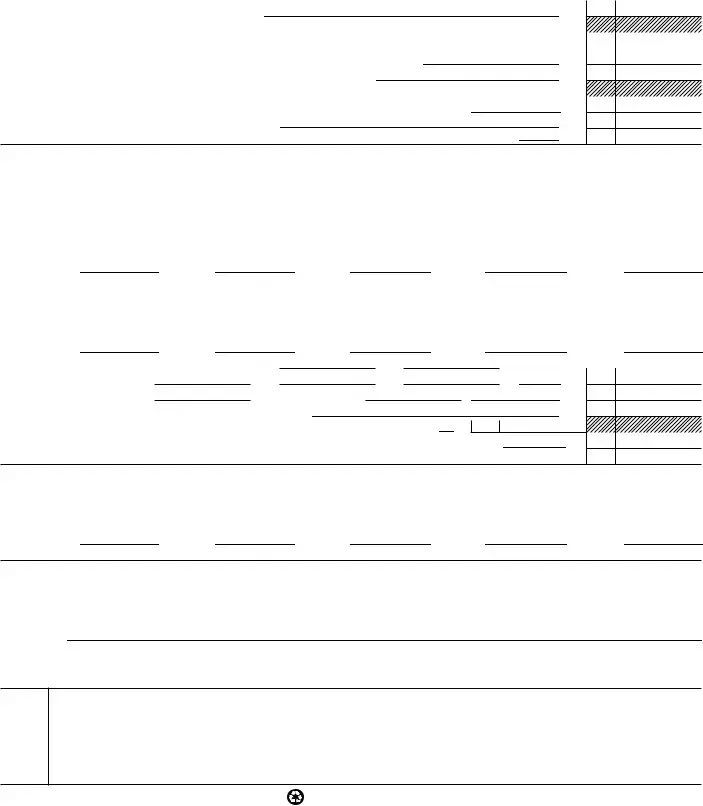The IRS Form 990 or 990-EZ, specifically Schedule A, bears resemblance to Form 8734 in its function of assessing and detailing an organization's financial health and compliance with IRS regulations for maintaining tax-exempt status. Similar to Form 8734, Schedule A requires organizations to report on their revenue streams, including public support, gifts, and contributions, which are pivotal for demonstrating compliance with the public support test, ensuring their operations align with exempt purposes.
Form 1023, the Application for Recognition of Exemption under Section 501(c)(3) of the Internal Revenue Code, parallels Form 8734 in its initial evaluation of an organization's structure and planned activities to determine eligibility for tax-exempt status. While Form 1023 is used at the outset of an organization’s life to establish its exempt status, Form 8734 is utilized subsequently to provide supporting financial documentation over a specified period, underscoring both forms' roles in the continuum of exempt status verification.
Form 1041, the U.S. Income Tax Return for Estates and Trusts, shares similarities with Form 8734 in terms of reporting financial information to the IRS, although for different entities and purposes. Both forms entail detailed income reporting and may include information on gifts, grants, and types of income, serving to maintain transparency with the IRS and ensure the correct tax treatment.
Form 8868, the Application for Extension of Time to File an Exempt Organization Return, is linked to Form 8734 by the shared context of tax reporting for nonprofit organizations. While Form 8868 deals with extending filing deadlines, its relation to Form 8734 arises from the necessity of timely and accurate financial reporting by tax-exempt entities, emphasizing the importance of compliance with filing requirements.
Form 990-PF, the Return of Private Foundation, similarly involves detailed financial disclosures, akin to those found in Form 8734, but specifically for private foundations. Both documents require reporting on income, grants, and contributions to ensure adherence to the regulatory and financial obligations governing tax-exempt entities, highlighting the oversight role of the IRS in the nonprofit sector.
Form 8282, Donee Information Return, although centered on the reporting of charitable donations received, interacts with Form 8734 through the lens of nonprofit financial management and IRS reporting requirements. Form 8282's focus on tracking the disposition of charitable donations complements the financial oversight and accounting transparency that Form 8734 aims to ensure for organizations during their advance ruling period.
Form 8283, Noncash Charitable Contributions, complements Form 8734 in its accounting for an organization's received donations, specifically non-cash items. Both forms serve to document the value of contributions to nonprofit organizations, reinforcing the importance of transparency and accurate reporting in maintaining tax-exempt status and public trust.


